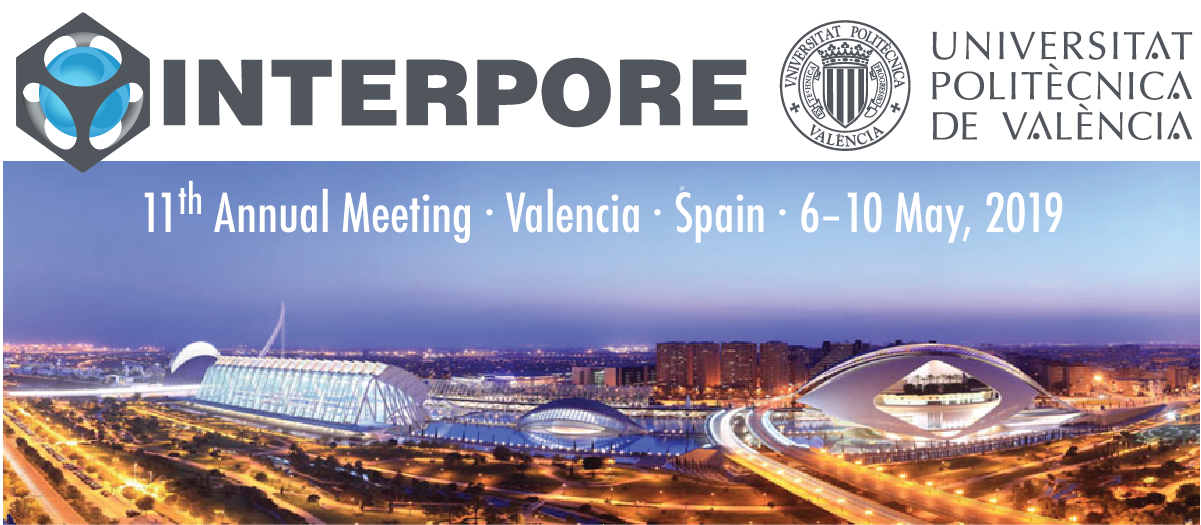Speaker
Description
Multiphase flow has a wide range of applications in geoscience and engineering, including groundwater remediation and Carbon Capture and Storage (CSS). Recent developments in synchrotron (Berg et al., 2013) and lab based X-ray micro tomography (mCT) (Bultreys et al., 2016) have allowed to image multiphase flow in rock samples in near real time. While this has shed more light on the pore-scale dynamics, an all-encompassing theory which bridges the physics at this scale to the Darcy scale is still lacking. A crucial missing link is an empirical understanding of the evolution of the fluid distribution based on an appropriate measurement of the local pore geometry and wettability. Previous work which assessed the experimental repeatability of fluid distributions suggests that this should be approached in a stochastic framework (Bultreys et al., 2018).
In this work, we address this problem by analyzing unsteady state displacements of brine by n-decane in porous samples (sintered glass). This process was continually imaged using an in-house developed mCT scanner (EMCT, (Bultreys et al., 2016)) with a high temporal resolution (between 12 s and 90 s acquisition time). The fluid distribution during the experiment was measured on a pore-by-pore basis. Contact angles and fluid-fluid interfacial curvatures of the non-wetting phase (AlRatrout et al., 2017) were tracked over time and linked to the geometrical descriptors and fluid invasion of the associated pores and throats. Finally, the non-wetting phase Euler characteristic was investigated. Special attention was given to the impact of the reduced signal-to-noise ratio which is commonly associated with fast imaging on the image analysis methodology proposed here. Follow-up experiments will be targeted at a similar analysis of imbibition and at the validation of pore-scale simulations of multi-phase flow.
References
AlRatrout, A., Raeini, A.Q., Bijeljic, B., Blunt, M.J., 2017. Automatic measurement of contact angle in pore-space images. Adv. Water Resour. 109, 158–169. https://doi.org/10.1016/j.advwatres.2017.07.018
Berg, S., Ott, H., Klapp, S.A., Schwing, A., Neiteler, R., Brussee, N., Makurat, A., Leu, L., Enzmann, F., Schwarz, J.-O., Kersten, M., Irvine, S., Stampanoni, M., 2013. Real-time 3D imaging of Haines jumps in porous media flow. Proc. Natl. Acad. Sci. 110, 3755–3759. https://doi.org/10.1073/pnas.1221373110
Bultreys, T., Boone, M.A., Boone, M.N., De Schryver, T., Masschaele, B., Van Hoorebeke, L., Cnudde, V., 2016. Fast laboratory-based micro-computed tomography for pore-scale research: Illustrative experiments and perspectives on the future. Adv. Water Resour. 95, 341–351. https://doi.org/10.1016/j.advwatres.2015.05.012
Bultreys, T., Lin, Q., Gao, Y., Raeini, A.Q., AlRatrout, A., Bijeljic, B., Blunt, M.J., 2018. Validation of model predictions of pore-scale fluid distributions during two-phase flow. Phys. Rev. E 97. https://doi.org/10.1103/PhysRevE.97.053104
| Acceptance of Terms and Conditions | Click here to agree |
|---|






